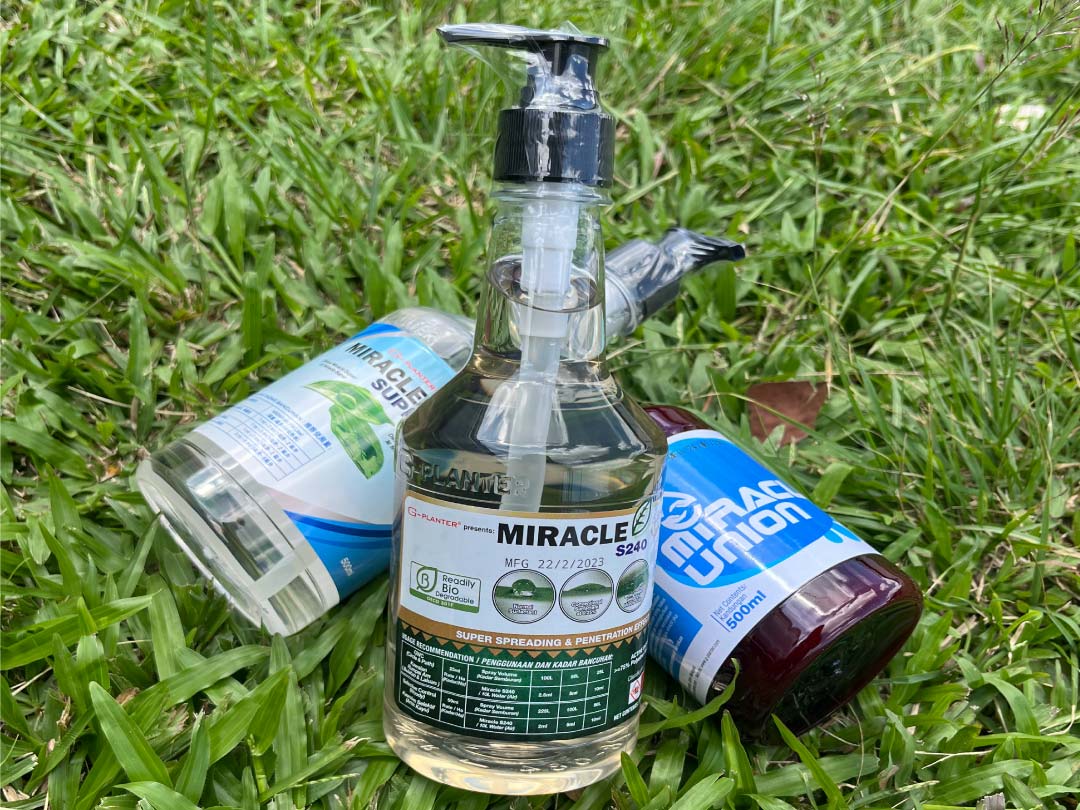
01 Jun Spray Adjuvants
Spray Adjuvants – Enhancing Crop Protection Products Biological Performance.
Adjuvants are quietly helping to revolutionise the crop protection business as the best tools for users to improve application and achieve more cost-effective, better targeted, and more environmentally acceptable pest control. Adjuvants are essential for the performance of most crop protection products and are helping shift use from preventative, high dose applications to low dose, specifically targeted curative applications.
The two types of adjuvants are different in how they are combined with the crop protection product. A formulation adjuvant is already included in the crop protection product by the manufacturer. A spray adjuvant is a separate product that is added to the spray tank by the applicator. Spray adjuvants are generally grouped into two broad categories: – special purpose adjuvants and activator adjuvants.
Special purpose adjuvants:
- Widen the range of conditions under which a given crop protection product formulation is useful.
- May alter the physical characteristics of the spray solution.
- Examples are compatibility agents, buffering agents, antifoam agents, and drift control agents.
Activator adjuvants:
- Commonly are used to enhance foliar application of crop protection product biological performance.
- Increase absorption of active ingredient into plant tissue to improve the rainfastness and decrease photodegradation.
- Alter the physical characteristics of the spray solution.
- Examples are surfactants, crop oil concentrates, nitrogen fertilizers, spreader-stickers, wetting agents, and penetrants.
This article focuses on surfactant since the term always use interchangeable with adjuvant.
Surfactants(surface acting agents), also called wetting agents and spreaders, physically change the surface tension of a spray droplet. For a crop protection product to perform its function properly on a plant, the spray droplet must be able to wet the foliage and spread out evenly. Surfactants make the area of crop protection coverage larger, which increases the pest’s exposure to the active ingredient. Surfactants are particularly useful when applying a crop protection to a plant with waxy or hairy leaves.
Without proper wetting and spreading, spray droplets often run off or fail to provide good coverage to the surfaces. Too much surfactant, however, can cause excessive runoff, which may make the affect the crop protection product performance.
Classification of Surfactants
Surfactants are unique organic molecules that are made up of a polar hydrophilic and a non-polar hydrophobic component. The action-end of the molecule is the polar head group which is often anionic or cationic in nature. The hydrophobic portion of the molecule is generally a long-chain hydrocarbon. Surfactants are classified by the way they ionize, or split apart, into electronically charged molecules called ions.
-
- Anionic Surfactants(negative charge)
- Most effective when used with contact crop protection products.
- Cationic Surfactants (positive charge)
- Should never be used as standalone surfactant because they are usually phytotoxic (poisonous to plants)
- Nonionic Surfactants (no charge)
- Composed of alcohols and/or fatty acids and are compatible with most crop protection products
- Helps active ingredient penetrate plant cuticles
- Often used with systemic crop protection products
- Most commonly recommend using with crop protection products.
- Organo-silicone Surfactants
- a newer group taking the place of nonionic surfactants
- Use rate is relatively lower than ionic surfactants
- Reduces surface tension, increases spreading ability, and improves rainfastness
- Anionic Surfactants(negative charge)
Spray adjuvants can play a major role in safe and effective pest control when used as recommended on the label. Although a single adjuvant may perform more than one function, no single product can solve every problem. As a result, many spray adjuvants are available, each formulated to solve problems associated with a particular type of application. Thus, correct use of adjuvants does require knowledge of target pest, equipment, and types of crop protection products. By knowing the needs, adjuvants can be used effectively in enhancing the biological performance of crop protection products.




